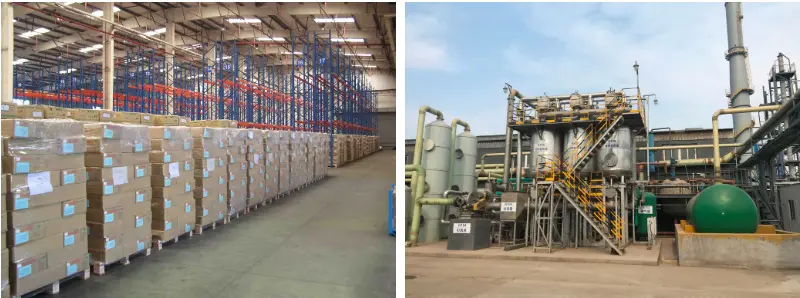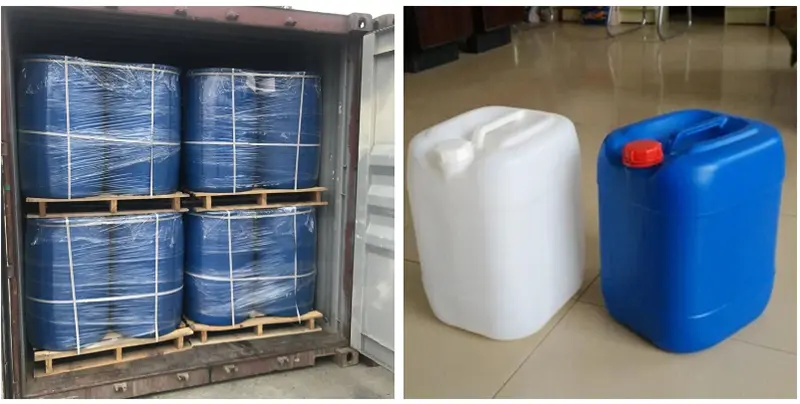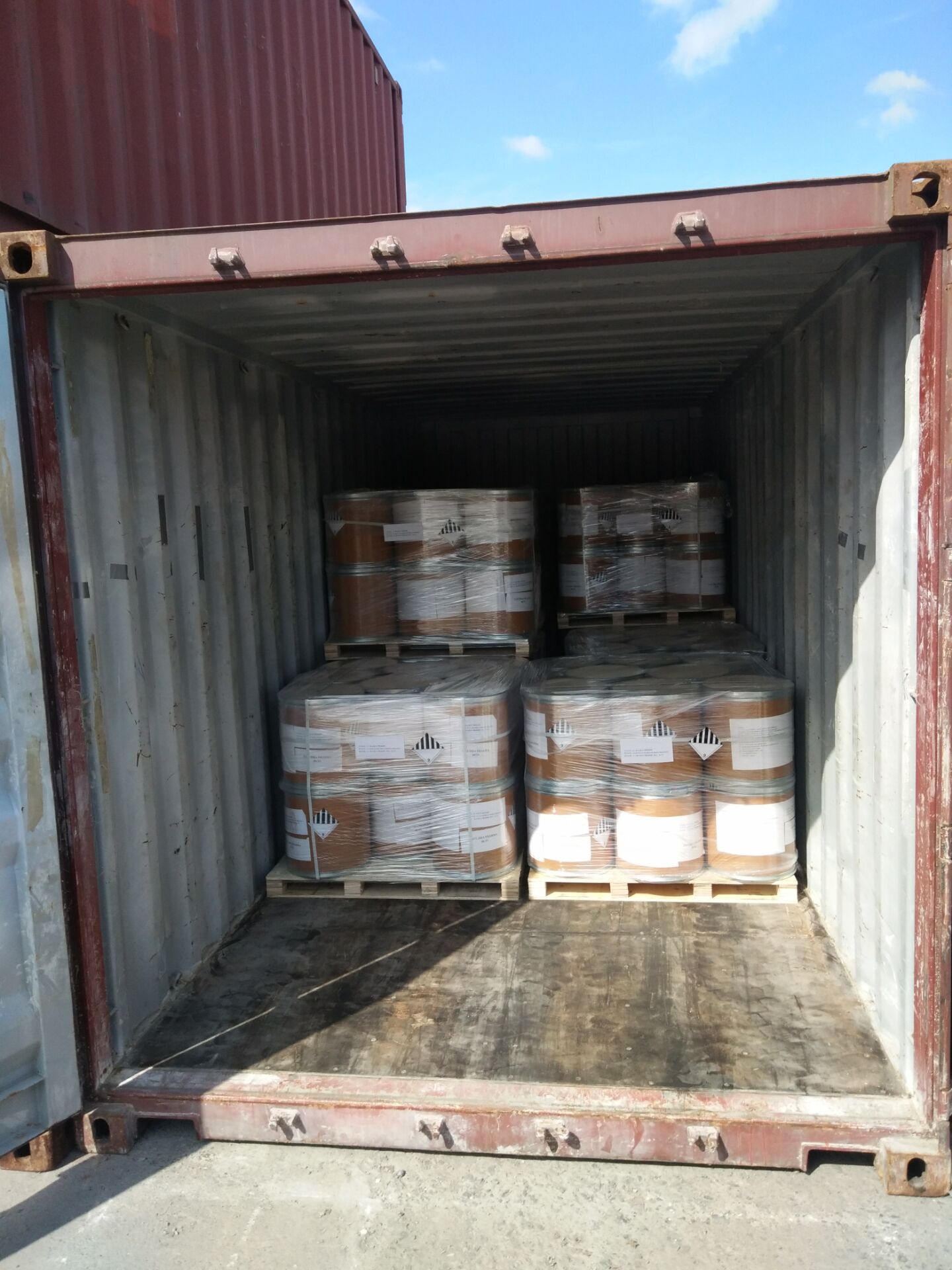Collagenase CAS#9001-12-1
Collagenase CAS#9001-12-1 Promotion Season Now in Store and Free Sample for Testing with Factory Price
Chemical Name:Collagenase
CAS No.:9001-12-1
Molecular Formula:C60H100N2
Molecular weight:849.4494
Sample: Available
Mode of Transportation
1. By Air, fast but expensive.
2. By Sea, usual and economy.
3. By Train, suit for middle Asia countries.
4. By Express, suit for small package.
We only provide highest quality goods available, accompanied by after support!
Products Description of Collagenase CAS#9001-12-1
Collagenase, also known as collagenase and clostridial peptidase, is a protease obtained by fermentation of Clostridium histolyticum.
Medical collagenase is refined from the culture fluid of Clostridium histolyticum ATCC21000. This enzyme has high decomposition activity on the peptide bond of the gly-pro sequence.
Due to the breakage of the original collagen molecule, it provides good conditions for the hydrolysis of other proteases, making it have the unique function of hydrolyzing collagen and denaturing collagen.
The medical enzyme made from this enzyme has the ability to digest natural collagen and denatured collagen, has a strong digestive effect on necrotic tissue, and can promote the growth of granulation and epithelial cells.
This product has no effect on globulin and fibrin, so it does not affect the normal blood vessels and muscle tissue of the human body. It can be used to treat debridement, scab removal, chronic skin ulcers, bedsores, etc. of II and III degree burns.
Collagenase Chemical Properties
storage temp. | -20°C |
solubility | Soluble in aqueous buffers. |
form | powder |
color | light brown |
PH | 7.0 |
Merck | 2481 |
InChIKey | YRQNKMKHABXEJZ-UVQQGXFZSA-N |
CAS DataBase Reference | 9001-12-1 |
EPA Substance Registry System | Collagenase (9001-12-1) |
Safety Information
Hazard Codes | Xn |
Risk Statements | 36/37/38-42 |
Safety Statements | 22-24-26-36/37 |
WGK Germany | 1 |
F | 10-21 |
HS Code | 3507907000 |
Product Application of Collagenase CAS#9001-12-1
(1) Collagen plays an important role in wound healing and scar formation. It not only serves as a prerequisite for elastic tissue and adhesion material, but also stimulates cell development, differentiation, tissue differentiation and proliferation, and connective tissue differentiation and proliferation. It can also stimulate capillary regeneration, cause chemotaxis of monocytes and fibroblasts, and has the function of nourishing and regulating granulation tissue. It is reported that the use of collagen to treat skin ulcers caused by different reasons has a good effect, can make the surface and deep part of the ulcer epithelialized, and is conducive to the formation of granulation tissue.
(2) 70%-80% of the organic matter in bones is collagen. When bones are generated, sufficient collagen fibers must first be synthesized to form the skeleton frame. Therefore, some people call collagen the bone of bones. Collagen fibers have strong toughness and elasticity. If a long bone is compared to a cement column, then collagen fibers are the steel frame of this column. The lack of collagen is like using inferior steel bars in a building, and the risk of breaking is imminent.
(3) The role of collagen in breast enhancement has long been known to people. Breasts are mainly composed of connective tissue and adipose tissue, and upright and full breasts rely to a large extent on the support of connective tissue. Collagen is the main component of connective tissue. "In connective tissue, collagen often interweaves with polysaccharide proteins to form a network structure, which produces a certain mechanical strength and is the material basis for supporting the curves of the human body and reflecting an upright posture."
(4) Collagen is called "bone in bone, skin in skin, and flesh in flesh". It can be said to be a strong backing for the dermis. Its role in the skin is self-evident. Protection and proper elasticity: The subepidermis occupies most of the structure. The dermis is about 2 mm thick and can be divided into three layers, namely the papillary layer, the subpapillary layer and the reticular layer. Most of it is composed of protein. This part of protein is composed of collagen and elastin. The rest is nerves, capillaries, sweat glands and sebaceous glands, lymphatic vessels and hair roots. 70% of the skin is made up of collagen. The skin is like a big cover that tightly wraps around the body and has a very large surface area. When the human limbs move, the collagen in the skin functions to give the skin a protective function while also having appropriate elasticity and hardness.
Factory and Equipment Show


Fast delivery time
Inventory 2-3 working days New production 7-10 working days









